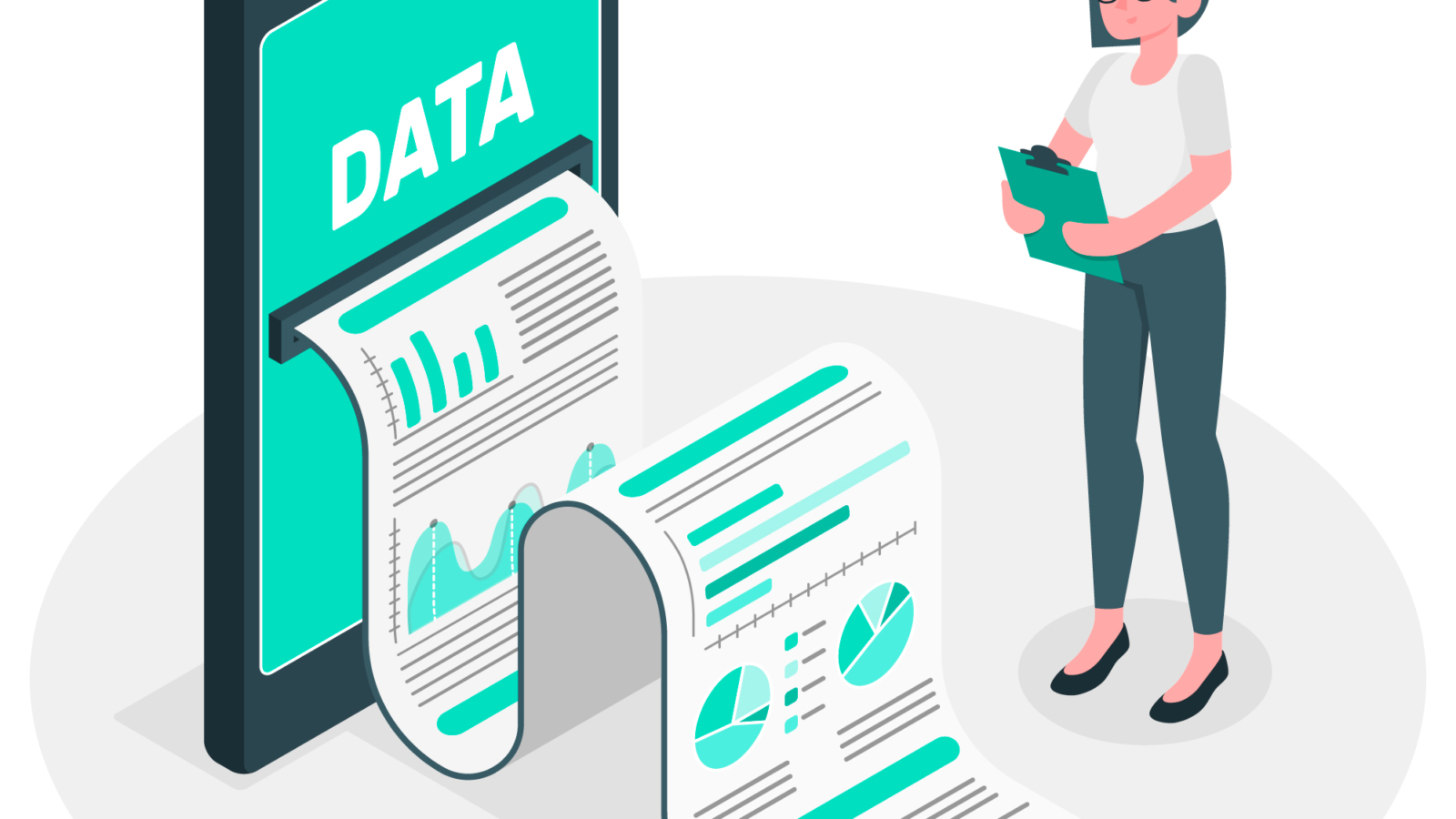Introduction
I have an experience of five years in data annotation in which projects help to create one of the most sophisticated AI systems in the world. This has not been easy, but also enjoyable, as I have worked with thousands of images to handle complicated datasets to feed the machine learning (ML) models. In this blog, I will be talking about my experience, the skills that I acquired, and how data annotation is important to the success of artificial intelligence.
What is Data Annotation?
Data annotation is a way of tagging data and this can be done on images, texts, video or audio with the aim of enabling machines to learn what we have. As an illustration, self-driving cars identify cars in traffic by drawing boxes around them in the traffic video. This annotated data is taught to ML models to know how to interpret and make judgment in an actual environment
My 5-Year Journey in Data Annotation
Year 1: Learning the Basics
In my first year, I focused on understanding annotation tools and types — bounding boxes, segmentation, keypoints, and image classification. Accuracy was my biggest goal, and I learned how even a small mistake could affect an AI model’s performance.
Year 2-3: Working on Diverse Projects
As I gained confidence, I began working on a wide range of projects — from e-commerce product tagging to medical image labeling. Each project required domain knowledge, consistency, and communication with the QA and model teams.
Year 4: Quality Control & Team Collaboration
By my fourth year, I was promoted to a senior annotator and began mentoring juniors. I handled QA processes and developed checklists to reduce human errors. Collaboration and attention to detail became key parts of my workflow.
Year 5: Leading & Process Optimization
Now in my fifth year, I’ve taken on project management tasks — estimating timelines, managing team workloads, and improving annotation workflows with automation tools. My focus is on scalability, efficiency, and training new annotators.
Key Skills I’ve Developed
Attention to detail – Ensuring pixel-perfect annotations
Time management – Meeting deadlines while maintaining quality
Team leadership – Mentoring and guiding new team members
Tool expertise – Mastery in tools like CVAT, Labelbox, Supervisely, and more
Domain adaptability – Switching between industries like retail, healthcare, and automotive with ease
Why Data Annotation Matters
Behind every powerful AI model lies a massive set of accurately labeled data. Without reliable annotations, even the best algorithms fail to perform. That’s why experienced data annotators are essential — we bridge the gap between raw data and real-world AI applications
Final Thoughts
Data annotation is not only a matter of a click and label it is rather an art that needs attention, coherence and knowledge towards machine learning objectives. I have an experience of 5 years in the related field and I have personally witnessed the potency of our work on designing technologies that are used in the world in the everyday life.
It does not matter whether you just begin your career or whether you take into account becoming a data annotator vaguely in the future; the thing is that the data annotation work is the key to the future of AI, and there is never too much desire and skilled people to work as an annotator.


Add a Comment